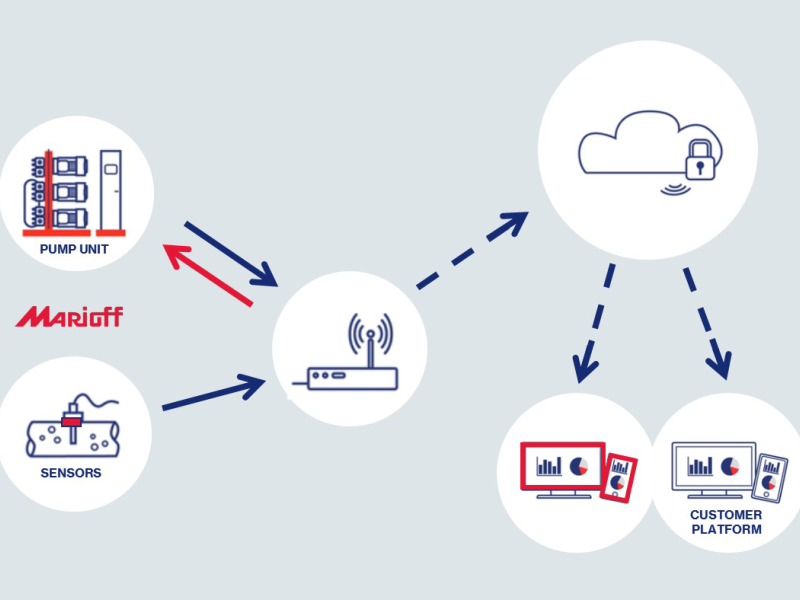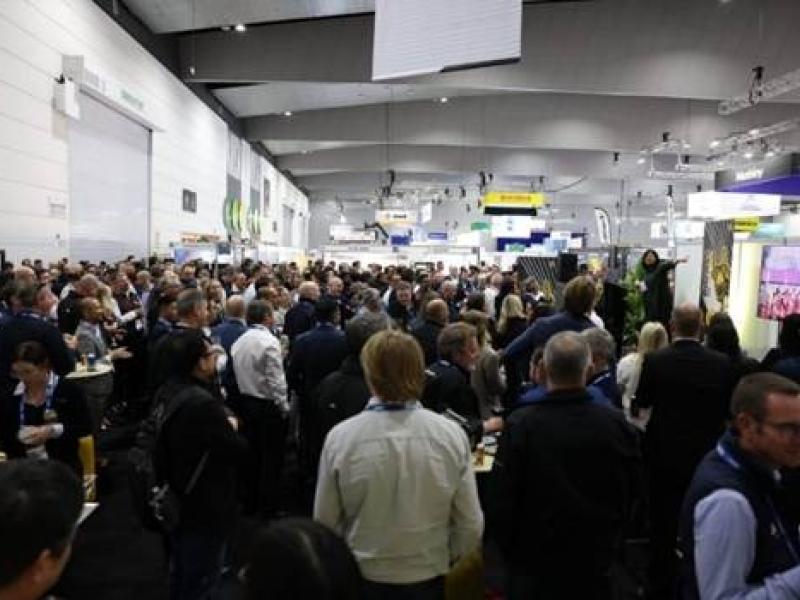By: Jarrod Kinchington, Infor ANZ managing director
It’s no secret that the manufacturing industry is changing at a rapid pace. In fact, it has always been that way – dating back to Industry 1.0 in the late 1700s where the introduction of steam changed the way business was done and created massive productivity gains. Then, Industry 2.0 used electricity to standardise production and Industry 3.0 introduced automation and mass customisation. It seems change has been the only constant in manufacturing for hundreds of years, but this new era – Industry 4.0 – is different in many ways. The emergence of Industry 4.0 has created a sense of urgency that the industry has never seen before – forcing manufacturers to adapt quickly in order to stay competitive and meet escalating customer expectations.
We’re experiencing a digital revolution that is changing the way we live, work and interact with one another. The power of information is just beginning to blossom as more of our decisions are based on data and use cases for artificial intelligence are delivering significant value.
Many manufacturers may argue that their business is working for them now, so why should they change the way they do things? The reality is, productivity abruptly halted with the Great Recession of 2008 and has flat-lined for the past ten years. So, “good enough” might not be good enough. If manufacturers only focus on the “now” they will quickly fall behind. Thinking about tomorrow and creating a long-term vision is essential for success in the modern manufacturing environment.
2020 is the year for innovation. Is your organisation prepared?
Let’s start with a quick evaluation:
1. Do you want to increase the productivity of your business, but you lack the modern technology to help you get there?
2. Do you want to implement service-based and subscription-based business models to increase your revenue potential, but your current technology can’t support it?
3. Is your business lacking efficiency because of aging, disconnected systems that don’t effectively communicate?
4. Do you wish you had more visibility of your data so you can make better business decisions?
5. Is your workforce beginning to retire, and you’re having trouble attracting and retaining new talent?
6. Are your customers demanding customisation, but your current technology doesn’t support it?
If you answered yes to any or all of these questions, 2020 is the year to do a comprehensive assessment of your current operations, build your Industry 4.0 goals, and identify the gaps where your operations aren’t currently able to meet those goals.
Opportunities for optimisation in 2020
Industry 4.0 can be overwhelming, but with a strategic roadmap in place and a keen focus on four key areas – workforce, process, assets, and customer experience – your organisation will gain momentum and be well-positioned for success within this new era.
Here’s a sneak peek at the four Industry 4.0 optimisation opportunities:
· Workforce: Enable productivity and collaboration through training and knowledge. Leveraging technology to hire, attract, retain, utilise talent will improve productivity and reduce costs.
· Processes: Optimise the way your business operates by creating new business models, improving supply chain collaboration and workflow execution.
· Assets: Assets are core to the delivery of your product. If you can’t utilise your machines you won’t be able to deliver for your customers. Leveraging opportunities for asset optimisation will improve asset maintenance, draw R&D data, create new services, enable shop floor visibility, and more.
· Customer experience: Everything you do as a manufacturer is designed to deliver quality products for your customers. Being able to optimise the configuration of products, support innovation and design workflows allows you to create a positive customer experience.
At the core of optimising each of these pillars for productivity growth is one common thread — technology. Applying a digital platform to create these optimisations will be the key tool as your organisation looks to grow and change within the modern manufacturing environment.






